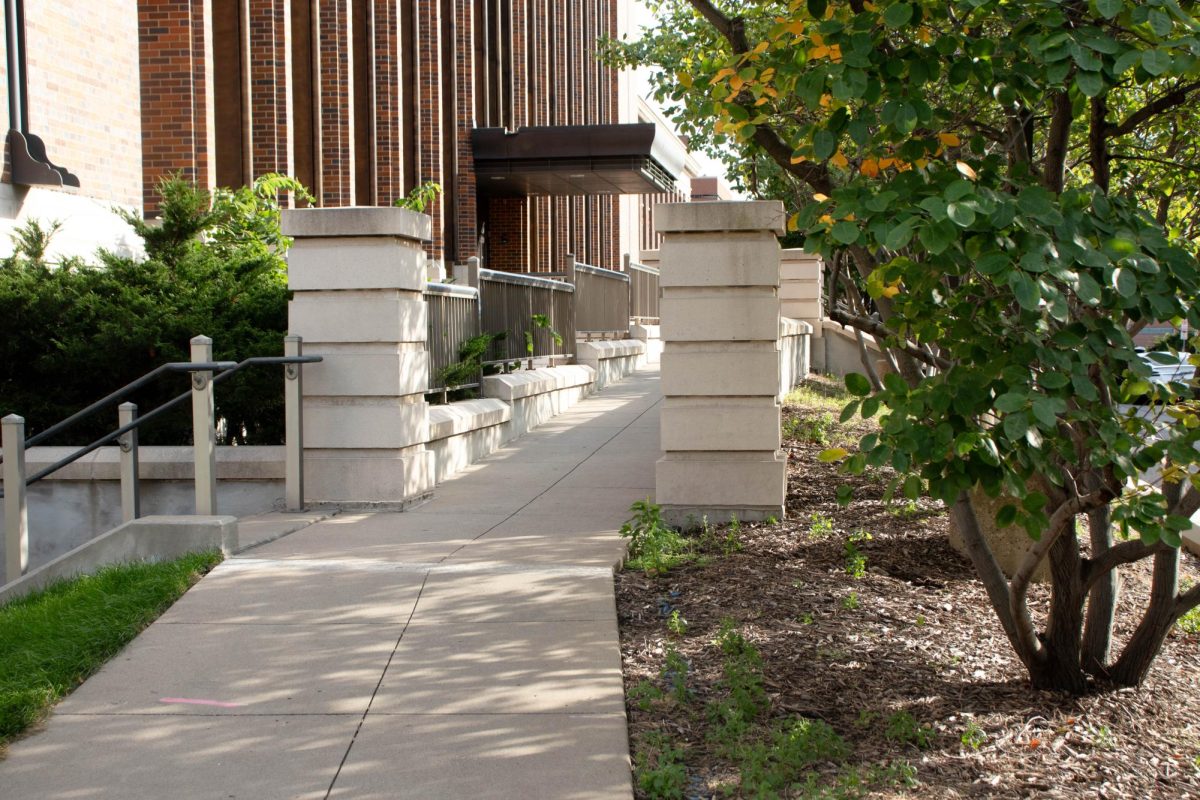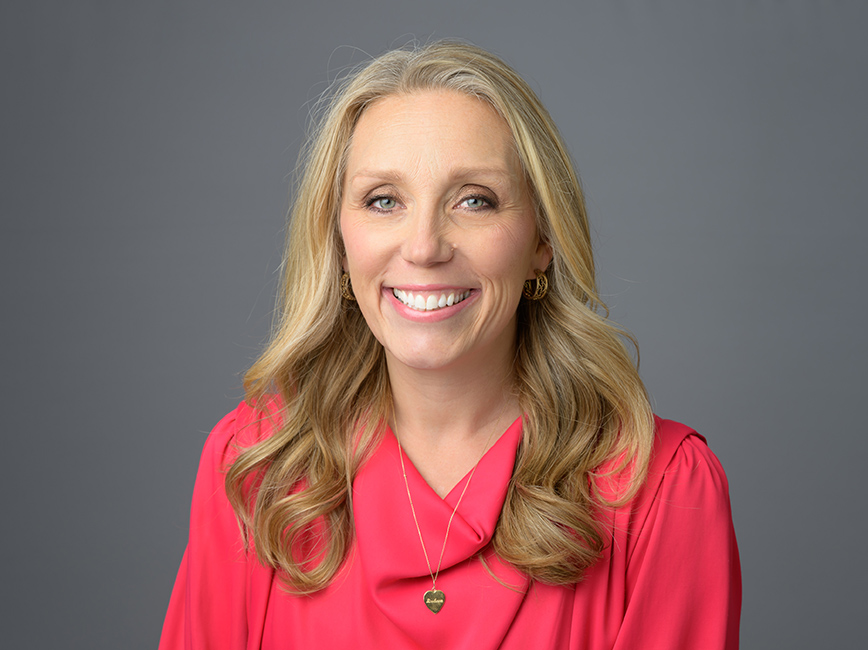The Twin Cities placed within the top five for best cities to live in for people with disabilities in 2024, according to an analysis by WalletHub.
Minneapolis ranked second and St. Paul fifth, both moving up spots from 2023 when St. Paul was ranked 20th and Minneapolis third.
Quality of life, healthcare and the economy are measured out of 182 U.S. cities to determine the rating. Minneapolis’ high rating came in large part from the availability of affordable, quality medical care, WalletHub author Chip Lupo said.
Lupo said Minneapolis had made strides in accessibility with over 27% of homes listed for sale being wheelchair accessible, the 11th highest percentage in the country. The city is also ranked the 22nd best city for the number of wheelchair-accessible grocery stores as well as arts and entertainment establishments per person.
“It is remarkable for two cities separated by a river to score so high,” Lupo said.
Director of the University of Minnesota’s Disability Resource Center Enjie Hall said the University offers a smaller version of what already exists in Minneapolis.
“It is part of our fabric to ensure that we are providing access so that people can participate,” Hall said. “For us, it’s about equitable access, equal opportunity, which means that we’re both proactive in inclusive design and accessible standards, as well as making sure accommodations are in place on an individual level.”
Hall said some examples of the University ensuring disability accessibility are the University buses having lifts, resident halls being wheelchair-accessible and the Disability Resource Center.
It is not just the University. The whole city is designed with accessibility in mind, Hall said.
“I have been talking to people who are not from the area but have visited the area, and people are like, ‘Wow, this is like a Mecca for disabled individuals,’” Hall said.
While Minneapolis is ranked high, Americans with Disabilities Act Director David Fenley said there is still a long way to go toward true accessibility for every city. Being the best of the worst does not mean Minneapolis is perfect, Fenley added.
“When compared to pure shit, we are less stinky,” Fenley said.
Fenley, who has a disability, said there is still open discrimination in the city.
“I think it’s a good way to think about how disability is culturally defined rather than being inside of an individual,” Fenley said. “If there were no barriers in the world, would there be disabled people? And by barriers, I also mean attitudes towards disabled folks, like the attitudes doctors have, like the attitudes employers have, like the attitudes I have.”
Minneapolis still has a way to go to improve people with disabilities access to public transit and buildings. But Fenley said, compared to other cities, Minneapolis is better.
Fenley said the creation of all the stadiums in Minneapolis is an example of positive design choices because those in charge worked with the disability community and the Minnesota Council on Disability to make the place more accessible.
Minneapolis being ranked second is a push for the city to continue to do better, Fenley said.
“Use it as a rallying cry to keep on going and to keep on making spaces accessible, make parks accessible because everybody, everybody will need those accessible features of that park at some point in their lives,” Fenley said.
Hall said she wants Minneapolis to be proactive about disability to stay this high on the list.
“We all play a part in accessibility and inclusive design,” Hall said. “And if we all continue to do our part, then we will continue to be one of America’s best cities to live in for disabled individuals.”














